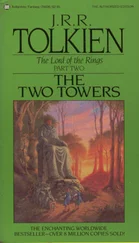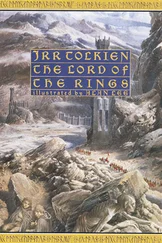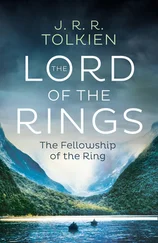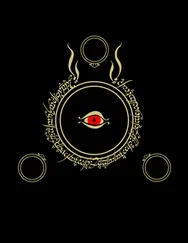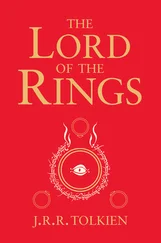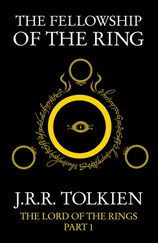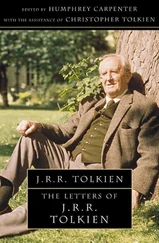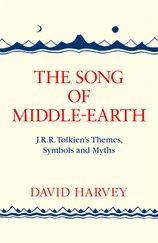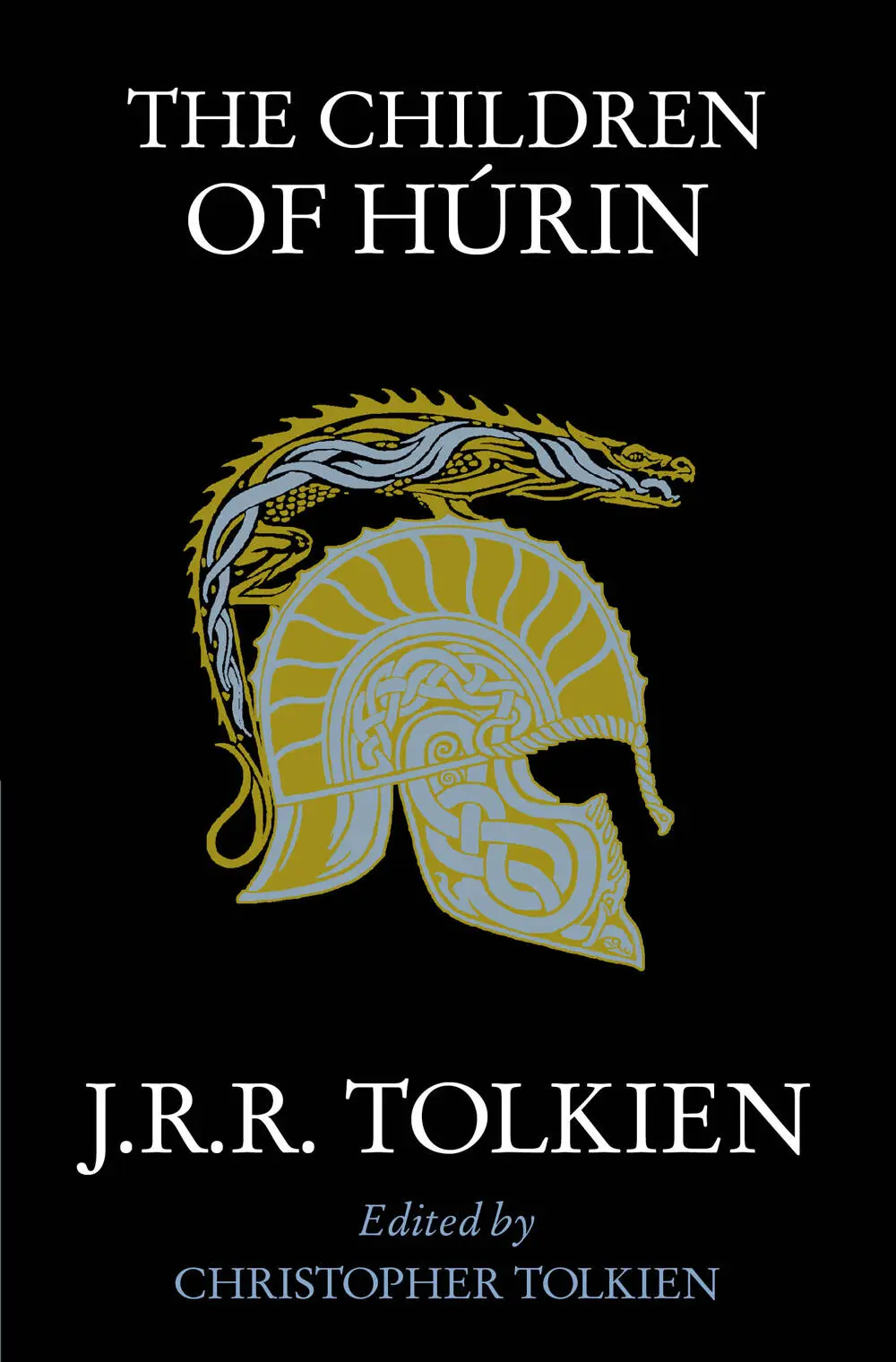

NARN I CHÎN HÚRIN
COPYRIGHT
HarperCollins Publishers
1 London Bridge Street,
London SE1 9GF
www.tolkien.co.uk
www.tolkienestate.com
Published by HarperCollins Publishers 2008
First published in Great Britain by HarperCollins Publishers 2007
The Children of Húrin © The Tolkien Estate Limited and C R Tolkien 2007
Illustrations © Alan Lee 2007
Cover image by Alan Lee © HarperCollinsPublishers 2014
 ® and ‘Tolkien’ ® are registered trademarks of The Tolkien Estate Limited
® and ‘Tolkien’ ® are registered trademarks of The Tolkien Estate Limited
The Proprietor on behalf of the Author and the Editor hereby assert their respective moral rights to be identified as the author of the Work.
A CIP catalogue record for this book is available from the British Library
All rights reserved under International and Pan-American Copyright Conventions. By payment of the required fees, you have been granted the non-exclusive, non-transferable right to access and read the text of this ebook on-screen. No part of this text may be reproduced, transmitted, down-loaded, decompiled, reverse engineered, or stored in or introduced into any information storage and retrieval system, in any form or by any means, whether electronic or mechanical, now known or hereinafter invented, without the express written permission of HarperCollins ebooks
HarperCollins Publishers has made every reasonable effort to ensure that any picture content and written content in this ebook has been included or removed in accordance with the contractual and technological constraints in operation at the time of publication
Source ISBN: 9780007246229
Ebook Edition March 2009 ISBN: 9780007322589
Version: 2019-01-08
To
BAILLIE TOLKIEN
Contents
COVER PAGE
TITLE PAGE
COPYRIGHT
PREFACE
INTRODUCTION
NOTE ON PRONUNCIATION
CHAPTER I: THE CHILDHOOD OF TÚRIN
CHAPTER II: THE BATTLE OF UNNUMBERED TEARS
CHAPTER III: THE WORDS OF HÚRIN AND MORGOTH
CHAPTER IV: THE DEPARTURE OF TÚRIN
CHAPTER V: TÚRIN IN DORIATH
CHAPTER VI: TÚRIN AMONG THE OUTLAWS
CHAPTER VII: OF MÎM THE DWARF
CHAPTER VIII: THE LAND OF BOW AND HELM
CHAPTER IX: THE DEATH OF BELEG
CHAPTER X: TÚRIN IN NARGOTHROND
CHAPTER XI: THE FALL OF NARGOTHROND
CHAPTER XII: THE RETURN OF TÚRIN TO DOR-LÓMIN CHAPTER
CHAPTER XIII: THE COMING OF TÚRIN INTO BRETHIL
CHAPTER XIV: THE JOURNEY OF MORWEN AND NIËNOR TO NARGOTHROND
CHAPTER XV: NIËNOR IN BRETHIL
CHAPTER XVI: THE COMING OF GLAURUNG
CHAPTER XVII: THE DEATH OF GLAURUNG
CHAPTER XVIII: THE DEATH OF TÚRIN
GENEALOGIES
APPENDIX
LIST OF NAMES IN THE TALE OF THE CHILDREN OF HÚRIN
NOTE ON THE MAP
WORKS BY J.R.R. TOLKIEN
ABOUT THE PUBLISHER
Illustrations
Húrin and Huor are Carried to Gondolin
Heir of the House of Hador
Húrin Rides to the Nirnaeth Anoediad
The Host of Fingon
Haudh-en-Nirnaeth, the Mound of Tears
The Words of Húrin and Morgoth
The Departure of Túrin
Nellas and Túrin in the Woods of Doriath
Beleg Departs from Menegroth
Beleg and Anglachel
Túrin is Surrounded by the Outlaws
Lembas
The Petty-Dwarves
Amon Rûdh
The Helm of Hador, the Bow of Beleg
Beleg at the Crossings of Teiglin
Finduilas Welcomes Gwindor and Túrin
The Reforging of Anglachel
Gelmir and Arminas Approach the Gates of Nargothrond
Under the Spell of the Dragon
Túrin Returns to Dor-lómin
The Burning of the Hall
Túrin is Carried to Ephel Brandir
The Coming of Túrin into Brethil
Haudh-en-Elleth, the Mound of the Elf-Maid
The Journey of Morwen and Niënor
Niënor into the Wild
The Scouts under the Eaves of Brethil
The Coming of Glaurung
Túrin and Hunthor Cross the Cabed-en-Aras
The Death of Glaurung
The Death of Túrin
Húrin and Morwen
PREFACE
It is undeniable that there are a very great many readers of The Lord of the Rings for whom the legends of the Elder Days (as previously published in varying forms in The Silmarillion , Unfinished Tales , and The History of Middle-earth ) are altogether unknown, unless by their repute as strange and inaccessible in mode and manner. For this reason it has seemed to me for a long time that there was a good case for presenting my father’s long version of the legend of the Children of Húrin as an independent work, between its own covers, with a minimum of editorial presence, and above all in continuous narrative without gaps or interruptions, if this could be done without distortion or invention, despite the unfinished state in which he left some parts of it.
I have thought that if the story of the fate of Túrin and Niënor, the children of Húrin and Morwen, could be presented in this way, a window might be opened onto a scene and a story set in an unknown Middle-earth that are vivid and immediate, yet conceived as handed down from remote ages: the drowned lands in the west beyond the Blue Mountains where Treebeard walked in his youth, and the life of Túrin Turambar, in Dor-lómin, Doriath, Nargothrond, and the Forest of Brethil.
This book is thus primarily addressed to such readers as may perhaps recall that the hide of Shelob was so horrendously hard that it ‘could not be pierced by any strength of men, not though Elf or Dwarf should forge the steel or the the children of húrin hand of Beren or of Túrin wield it’, or that Elrond named Túrin to Frodo at Rivendell as one of ‘the mighty Elf-friends of old’; but know no more of him.
When my father was a young man, during the years of the First World War and long before there was any inkling of the tales that were to form the narrative of The Hobbit or The Lord of the Rings , he began the writing of a collection of stories that he called The Book of Lost Tales. That was his first work of imaginative literature, and a substantial one, for though it was left unfinished there are fourteen completed tales. It was in The Book of Lost Tales that there first appeared in narrative the Gods, or Valar; Elves and Men as the Children of Ilúvatar (the Creator); Melkor-Morgoth the great Enemy; Balrogs and Orcs; and the lands in which the Tales are set, Valinor ‘land of the Gods’ beyond the western ocean, and the ‘Great Lands’ (afterwards called ‘Middle-earth’, between the seas of east and west).
Among the Lost Tales three were of much greater length and fullness, and all three are concerned with Men as well as Elves: they are The Tale of Tinúviel (which appears in brief form in The Lord of the Rings as the story of Beren and Lúthien that Aragorn told to the hobbits on Weathertop; this my father wrote in 1917), Turambar and the Foalókë (Túrin Turambar and the Dragon, certainly in existence by 1919, if not before), and The Fall of Gondolin (1916–17). In an often-quoted passage of a long letter describing his work that my father wrote in 1951, three years before the publication of The Fellowship of the Ring , he told of his early ambition: ‘once upon a time (my crest has long since fallen) I had a mind to make a body of more or less connected legend, ranging from the large and cosmogonic, to the level of romantic fairy-story – the larger founded on the lesser in contact with the earth, the lesser drawing splendour from the vast backcloths . . . I would draw some of the great tales in fullness, and leave many only placed in the scheme, and sketched.’
Читать дальше



